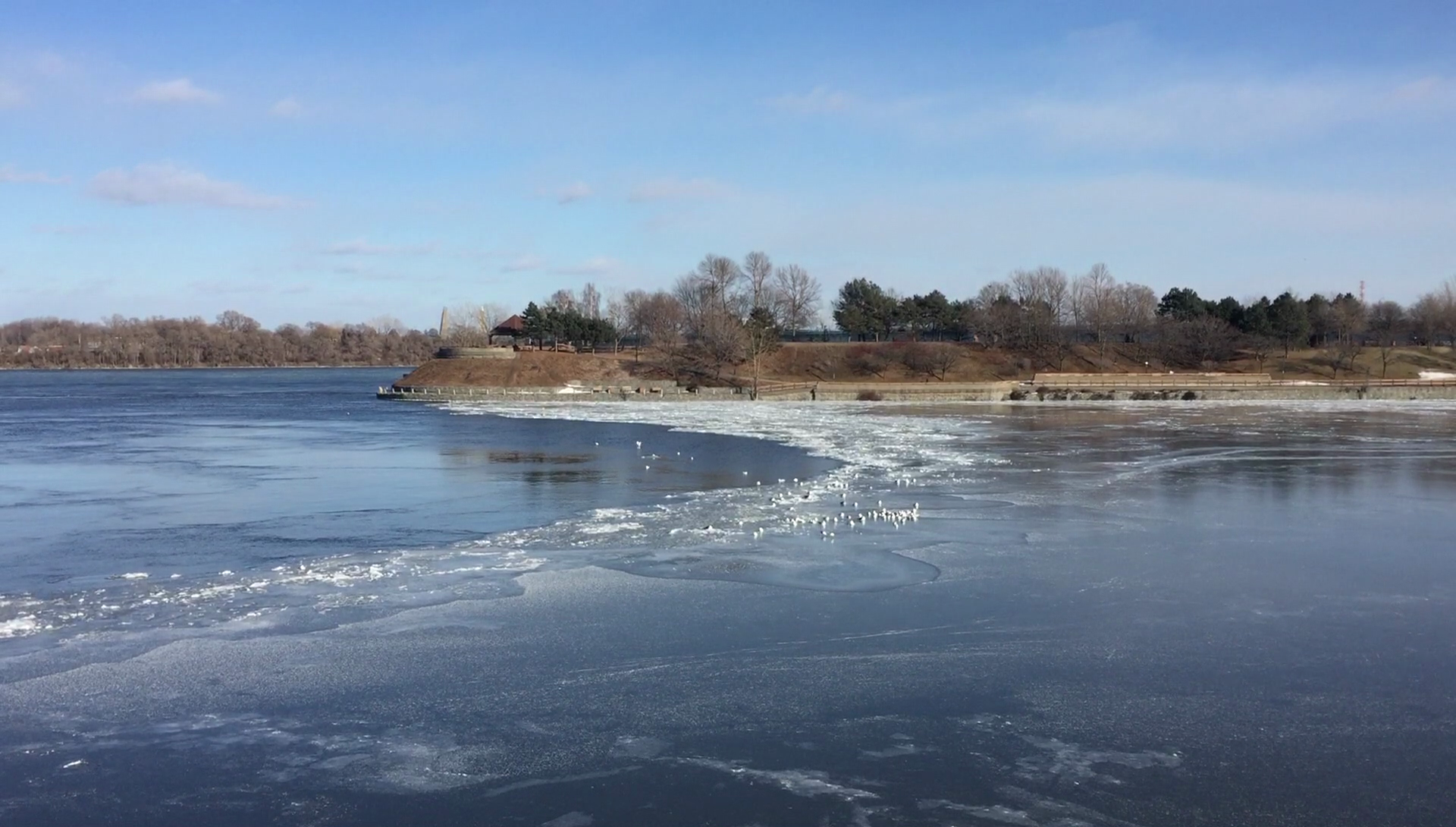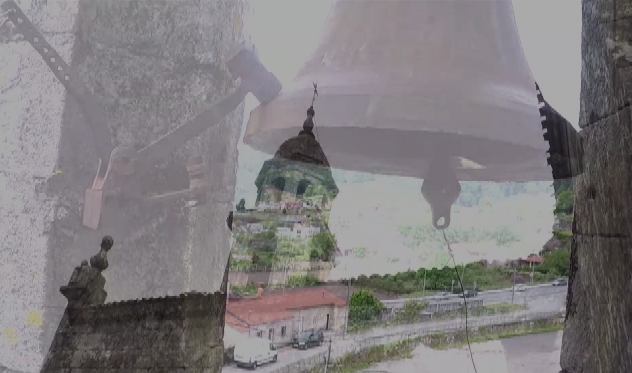

Inspired by Isabelle Stingers’ book In Catastrophic Times, where the philosopher reflects on our powerlessness feeling when confronted by catastrophes caused by climate change and their resulting social impacts, Intervening requires a certain briefness configures as a performative research conducted at Praça Mauá, the seaport area of Rio de Janeiro city, in two different moments: 2016 and 2018. In 2016, the city of Rio de Janeiro was preparing to host the Olympic Games and went through a transformation of its urban structure. At the same time, it was becoming a "smart city" ready to receive millions of tourists from all over the world, we watched with bare eyes the deepening of the already pronounced social differences that coexist in Rio de Janeiro. The seaport zone, an area of slave markets during the 18th and 19th centuries, abandoned during the entire 20th century, became the symbol of the Olympics in the new futuristic project, the Porto Maravilha (Marvelous Port). At that time, the big environmental issue was the so-called clean-up of Guanabara Bay, which would receive international athletes in its waters. Evidently, their health was the focus. However, what we witnessed (and continue to) on a daily basis was (and still is) the increase in pollution rates and the complete neglect of the well-being of both the local population and the integrity of the natural environment in itself.
"What would you do in our place?"
This is a question-title, a provocation for us to think - as a society and a collective - about the ways of living in the cities we inhabit, the processes of transformation and appropriation, and above all about the feeling of impotence that ravages and paralyzes us, and yet, at the same time, is capable of moving us, of guiding the construction of other thoughts, propositions, creations, and actions. During the first day of performative research, these two images, as contrasting as all the reality that awaited us in this territory, jumped into our eyes and senses. From one side, the spontaneous body: father and son, residents of Morro da Providência, swim among the floating trash in the polluted waters of Guanabara Bay. On the other, the institutionalized body: museum employees, with their chemical protective equipment, vacuum the pollution vestiges, maintaining the cleanliness and clarity of the water mirrors used to cool the museum's structure. Right in front of the intense treatment given to the Guanabara waters captured, depolluted, and reused to feed the Museum of Tomorrow water mirrors, many were the days when we came across these two simultaneous actions during our performances. We approached them, engaged in conversations, and learned about the people, their life stories, and their affective and institutional relations with this sensitive territory. The feeling of powerlessness in face of this reality and the local and global issues depicted in these two images initially led us to this diptych photography and the question-action: "What would you do in our place?"

Praça Mauá - Porto Maravilha - Fotografia | Diptíco | 2016
Intervening Requires Some Briefness
Performance held at OpenLab | Hiperôrganicos 8, May 24-26, 2018 Curated by Guto Nóbrega and Malu Fragoso, Museum of Tomorrow, Rio de Janeiro.
Two years later. When I was invited to deliver a performance and collaborate in the OpenLab at Hyperorgânicos 8, which would take place at the Museum of Tomorrow, immediately the two disturbing images from What would you do in our place? that had accompanied me all that time took over the picture. I return, initially alone, to my research-creation site to perform. here, I reencounter the kids I saw daily in February 2016, swimming in the waters of the Bay. I invite them to perform with me. I create between my body, preserved by the chemical protective equipment (overalls, boots, and gloves), and the naked body, without any artificial defense, of the swimmer-boys, a discomfort to the audience witnessing the act. Together, we collected the polluted waters of Guanabara Bay in 200 sample tubes.

Performance realizada no OpenLab | Hiperôrganicos, entre os dias 24 e 26 de maio de 2018 Curadoria: Guto Nóbrega e Malu Fragoso, Museu do Amanhã, Rio de Janeiro.
From my artistic authority, in a political gesture, I transport the water samples collected, together with the updated and comparative data of the pollution instaured in Guanabara Bay, into the Museum of Tomorrow - one of the symbols of the new " city of the future." Side by side, the boys' bodies enter the galleries, occupying, as living images, the white walls over the well-preserved water mirror of the institution. "Intervening requires a certain briefness," precisely because it is not about a work of convincing but instead transmitting to "those whom it may affect what makes us think, feel, imagine" (Stengers, 2015).

Video installation exhibited at the Museum of Tomorrow, integrating the actions held at OpenLab | Hyperorgânicos 8 Curated by Guto Nóbrega and Malu Fragoso, Museu do Amanhã. Rio de Janeiro, 2018.

Amid a global scenario of crises, catastrophes, and climate emergencies, art and its capacity for affection, potentializing the encounter of human and non-human bodies, becomes the central axis of this research-creation.
Read More
How can immersive performative experiences in different landscapes, climates, and cultures contribute to paradigmatic changes in our ways of living, inhabiting, and thinking about the world?
Read More
In Borders investigates and discusses poetically the cultural and linguistic differences between geographically and politically delimited territories, Portugal-Galicia|Portuguese-Galician
Read More